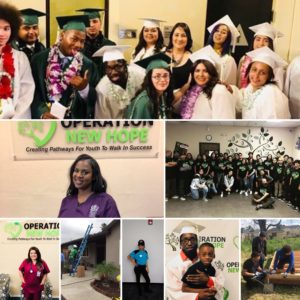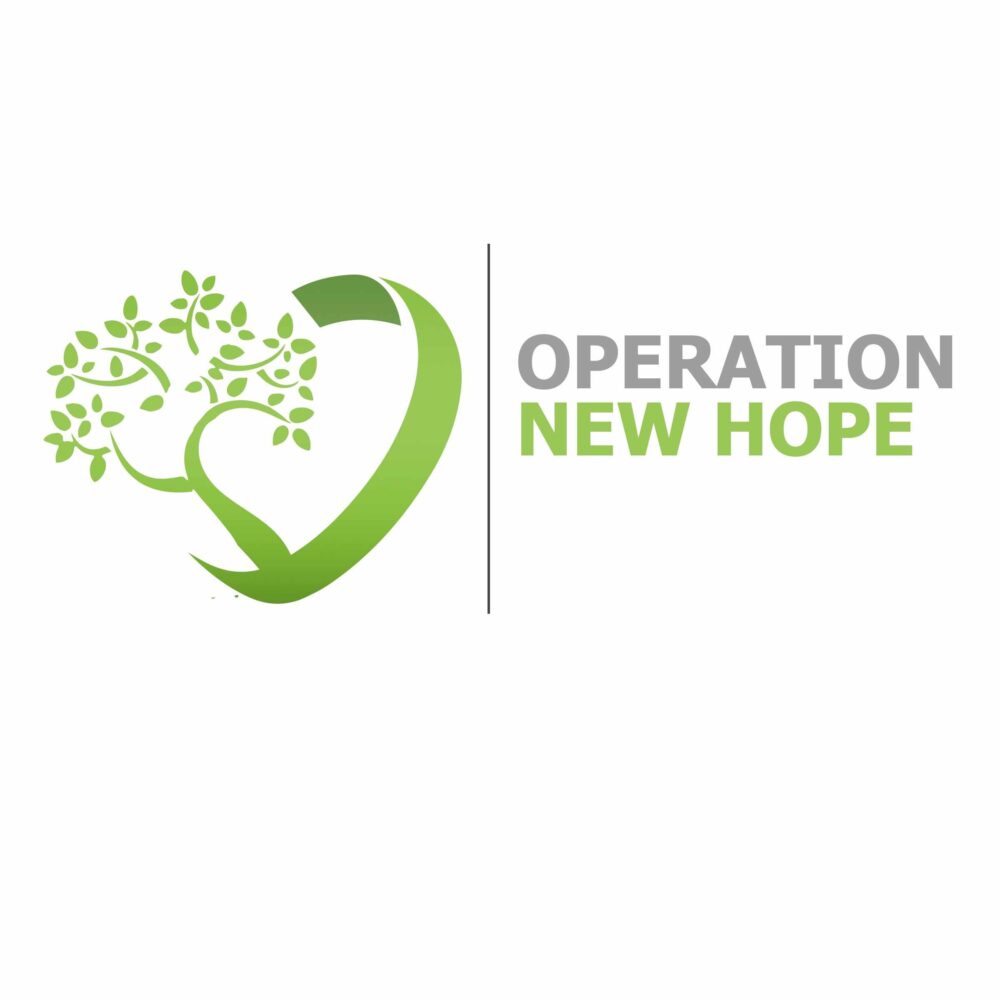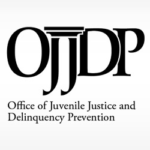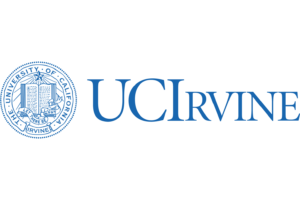ONH Story
 By IE Business Daily – Media Writer Beth Washabaugh on August 31, 2015
By IE Business Daily – Media Writer Beth Washabaugh on August 31, 2015
Inland Empire youth rehabilitation program celebrates 35 years
Operation New Hope (ONH), an Inland Empire-based youth rehabilitation program, began 35 years ago as a means of preparing at-risk youth for the realities of adulthood. The program originally began as a court-ordered recovery program for teens that were incarcerated and housed in California’s Youth Authority (CYA).
ONH’s founder, Bill Degnan, who worked at CYA, saw a growing trend: young men were frequently returning to the institution once they were paroled. To help combat the problem, Degnan decided to address the issue outside of the prison walls. In 1993, Operation New Hope, a learning facility, was formed for those who were not incarcerated. The thought process was simple: educate and rehabilitate at-risk youth before they become incarcerated.
Operation New Hope is based on the premise that behavior is a system of unrecognized, therefore, unsolved problems. Once the problem is identified, it can be “treated” by understanding the difference between positive and negative decision-making, awareness of toxic relationships and the development of self-trust. The youth training program helps at-risk youth ages 17 to 21 years old making conscious, informed decisions.
One of the unique aspects of Operation New Hope is that it reinforces small, everyday successes while addressing the teen’s fears of the real world. By recognizing their fears, the teen no longer feels the need to seek out drugs, alcohol or gang activity to feel safe. Knowing that they do not need that lifestyle allows them to develop skills necessary for being a productive member of community and allows them to successfully reintegrate into society.
The goal of the program is to produce a confident, self-accepting person who will make positive life choices. Instead of focusing on past failures, Operation New Hope focuses on building a bright future.
Degnan brought the unique holistic teaching approach ONH used inside California Youth Authority and applied them to the general at-risk population. Targeting the population at risk – particularly before he or she becomes incarcerated – was key. Once the learning center was created, Cal State San Bernardino and University of California, Irvine performed research to see just how effective Operation New Hope was at rehabilitating those in their youth program. The universities’ research eventually labeled ONH as an exemplary youth program. The program was then listed as a proven, evidence-based success story. The Office of Juvenile Justice and Delinquency Prevention have also listed Operation New Hope as a model program.
Over time, Operation New Hope continued to grow. Bill Degnan’s son, Russell, followed in his father’s footsteps. He had the passion and desire to help teenagers from ending up in the broken prison system. In 2008, Russell became ONH’s new executive director, which allowed Bill to share his program’s success with others in the Inland Empire.
“When I came on-board, my goal was to take ONH from a small mom and pop non-profit and transform it into a valuable resource that could be utilized throughout the Inland Empire,” said Russell Degnan, ONH’s now chief operating officer.
In 2009, Operation New Hope received critical funding from the San Bernardino County Workforce Investment Board through the Workforce Investment Act (WIA). That funding allowed the program to partner with John Muir Charter Schools. The partnership with John Muir Charter Schools provides ONH students with a high school education that is tailored to the student’s needs. The partnership provides students with small class sizes and a family-like atmosphere that teaches the importance of life, job and leadership skills.
It is crucial for students to receive their high school diploma, Degnan said. Having their diploma allows them to gain employment or enroll in a secondary institution.
“We provide our students with soft skill sets that make them attractive to potential employers,” Degnan explained. “They receive training on job readiness, financial literacy, leadership, anger management, substance abuse, and everything in between.”
To help make their students even more competitive in the job market, Operation New Hope provides worksite placement where students are required to complete a three month internship with a local business.
“Each element of our program is critical to building healthy young men and women,” Degnan said.
At the beginning of the year (2016), ONH saw an additional growth. Russell Degnan moved from executive director to chief operating officer, which gives him the freedom and ability to attend workshops and promote Operation New Hope in the community.
“Operation New Hope seeks to be the premier youth opportunity center in the Inland Empire,” Russell Degnan explained. “The high school dropout rate is a huge epidemic across the nation. Our goal is to be a positive solution for the our youth, our communities and the taxpayers.”
In the next 10 years, Team ONH envisions youth opportunity centers in other communities, particularly in communities with the at-risk youth. Next year, ONH will open a new youth opportunity center in San Bernardino. Every year after that, Degnan plans to open at least one new campus per year.
In addition to their youth opportunity centers, Operation New Hope’s evidence based trauma informed life skills curriculum are currently being used in Soledad and Salinas Valley State Prison (California Department of Correction and Rehabilitation), juvenile facilities, group homes, halfway houses and church outreach programs.
Degnan credits the success of his father’s program to ONH’s belief system. “Our success is built on our belief that lives must be built on healthy relationships,” Degnan explains
Although ONH continues to expand to meet the growing demand, the program’s growth is limited due to financial constraints. The programs ONH offers are part of reimburse contracts, which can create cash flow problems. Operation New Hope’s Board of Directors has made it their personal mission to build a solid cash reserve to alleviate the burden of waiting on reimbursements from a number of government agencies.
Operation New Hope currently employs 6 and serves over 150 students daily. Since 2009, 421 students have successfully graduated with their High School Diploma and 3120 students have successfully completed their Career Pathway Program which 82% are employed and or enrolled in to post-secondary education. Currently, ONH’s high school has 65 students enrolled and the Workforce Program has 110 students. All students range in age from 16 to 25.
To enroll, students can stop by Operation New Hope’s campus at 8520 Archibald Avenue Rancho Cucamonga, California 91730 or call at (909) 527-3894. Or 323 W. 7th St. San Bernardino (909)-380-0641 [email protected] www.onhcares.org
Editorial, Inland Empire Daily News: Editor Beth Washabaugh





